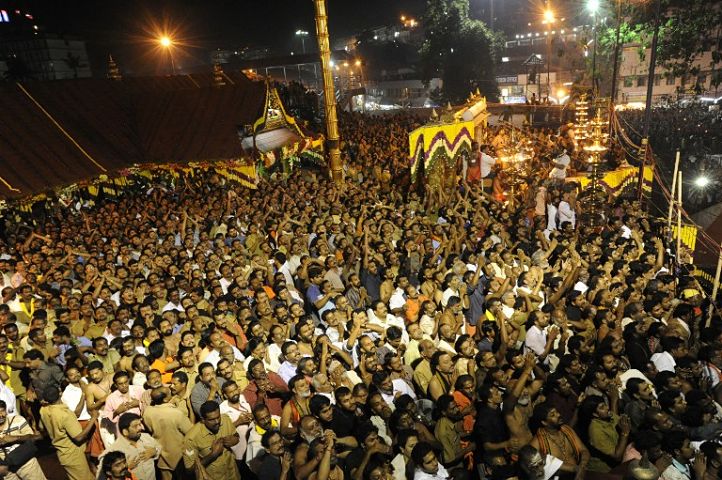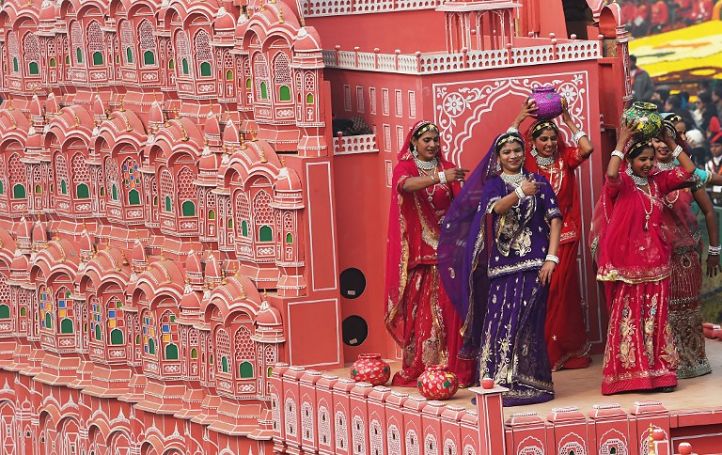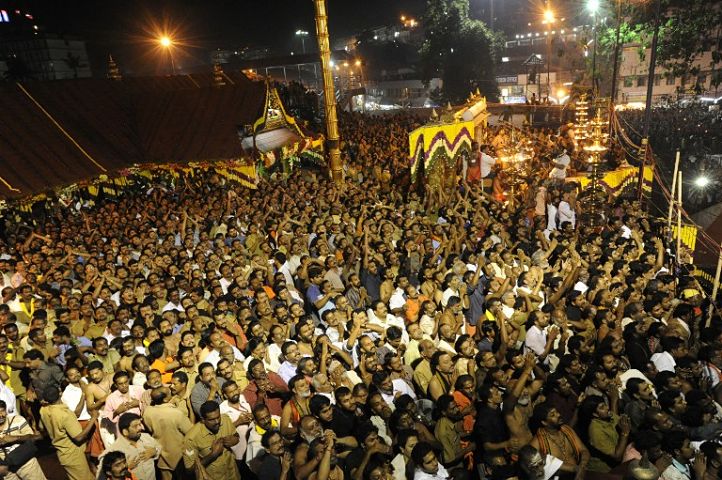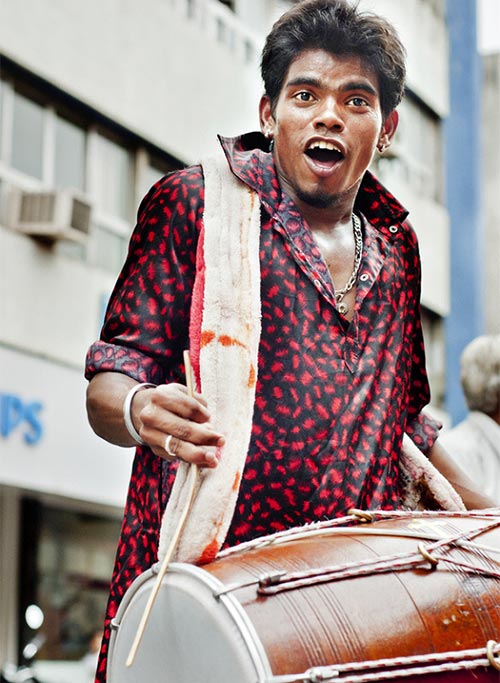What Are Exoplanets And How NASA Detects Life Beyond Our Solar System
Bharti Airtel Set To Acquire Telenor India Within This Year
Google Celebrates NASA’s Discovery Of Seven Earth-Like Planets With An Animated Doodle
Some Home Remedies That Might Sound Bizarre But Actually Work Like A Charm
Akshay Kumar Feels He Has Made Enough Money, Now Wants To Focus On Content & Characters
Delhi ATM Dispenses Fake Rs 2000 Notes From ‘Childrens Bank of India’ With ‘Churan Lable’
Adolf Hitler’s Personal Telephone During World War II Is Up For Auction In The US
From Salman Khan To Rekha, Neil Nitin Mukesh’s Wedding Reception Was Quite A Starry Affair
Here’s How India’s Glorious ‘Culture’ Is Holding Back Its Promising Future
Former British PM Winston Churchill Churchill said these words on June 18, 1940 just after Adolf Hitler's armies had conquered Holland, Luxembourg, Belgium and France in quick succession and in the fight for Europe, Britain stood alone against the Nazis. But perhaps, strangely enough, the words now echo strongest in the India of today – a country caught in a bloody war for supremacy between it's storied past and a promising future. Any forward-looking idea now seems to now face opposition from the ancient glorious culture that made up our past; and any attempt to break away from the past calls for harsh words and if that doesn't work, then violence. From language to clothes, the flash points are many and for all the economic dynamism that India prides itself on – there are enough incidents that shock the living daylights out of any sane individual.
Girl child ratio
Data released in 2012 showed that India was the deadliest place in the world for a girl child. According to the data, an Indian girl child aged 1-5 years is 75% more likely to die than an Indian boy, making this the worst gender differential in child mortality for any country in the world. A lot of this comes down to the age old belief which prizes boys over girls. Girls are considered a curse and a financial burden, especially to poor, rural families who must cough up expensive dowries for their marriages, while boys are usually counted upon to take care of their parents during their old age.
Dalits
The recent death of Rohith Vemula only showed a side of India that most in the country turn a blind eye towards. The older well-established caste structure of India wants to maintain their supremacy over the lower castes and the politicians want to exploit them from votes but few have shown any resolve to make any attempt at lasting change. Many educated Indians would like to change this but they are so far in the minority – too few and powerless.

No entry to women in religious places
There’s Sabarimala. There’s Haji Ali. There’s the Shani Temple. There are men, there are women and there are religious places that drive a wedge between the two sexes. But in recent times, a revolution has been brewing. Women want in, but men led by priests and others, have been putting up a resistance that is frustrating to say the least. Logic would indicate that everyone is free to worship god but some believe that it is a privilege reserved for the chosen few.
Racism
A report in the Washington Post showcased India as one of the most racist countries in the world. And while you may or may not agree to it, racism is accepted and practised in all sections of Indian society. The incident involving the Tanzanian girl was one in many that showed the ugly side of India’s racist behavior. In India, skin colour and caste are closely interrelated; with high caste Brahmins associated with fair skin, and Dalits and other low castes with dark skin. Although several Hindu Gods are depicted as black – most deities are depicted as fair or blue.






